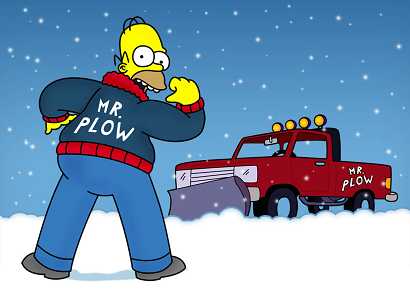The dangers of listening to the customer
What if you spent all of your time and effort listening to the customer, and all you ended up creating was a car like 'The Homer'?

It's not good to be laughed out of the room, lose all of your money and waste your one precious life on this earth.
But listening to customer's is pretty useful. So what's the secret to getting it right?
The great news is that there is a very simple trick when listening to the customer, and it will stop you from building the Homer, and ensure you are on the right path to success.
Here it is:
Listen to the customer's problems. Don't listen to the customer's solutions.
Well, that's the sound-bite anyway. The long-winded version is more informative, though a lot less snappy. If the customer comes to with you a solution, you absolutely should listen to it, and take some notes and think it over. But don't run out and implement it immediately. Hold back! Hold back, my friend! Unpack what they're saying, ask why and why and why and why and why (that's 5 whys if you've lost count) and see what the underlying problem is. In business analyst parlance "What are you really trying to achieve?" Dig! Take out your thought-spoon and scoop right in! Plow into the problem-domain like Mr. Plow plowing through a snowy road.

That wordsmith Neil Gaiman expressed the sentiment far better than me:
When people tell you something's wrong or doesn't work, they are almost always right. When they tell you exactly what's wrong and how to fix it, they are almost always wrong.
—Neil Gaiman
Someone who's really good at ignoring a feature request (and creating great products along the way) is David Heinemeier Hansson. He has this to say:
An endless parade of people with really good, concrete reasons will ask you to make your product more "advanced" or "flexible" (i.e. complicated). Listen to them, but balance the feedback with a thought to the many more who won't buy a complicated product.
— DHH (@dhh) March 13, 2018
...which neatly shows why every new feature needs to only be admitted into your system after a lot of careful weighing up. The complexity tax is hefty.
The better your product is, the more attention it gets, the more feature requests you receive, the better you get at saying no, thinking no, and meaning no. In the early days, you get less attention and fewer feature requests. So it's tempting to develop a habit of saying "Why, yes! Certainly!" to all of them. Practice this instead: "Hmm, interesting, tell me a little more?"
My book "Choose Your First Product" is available now.
It gives you 4 easy steps to find and validate a humble product idea.